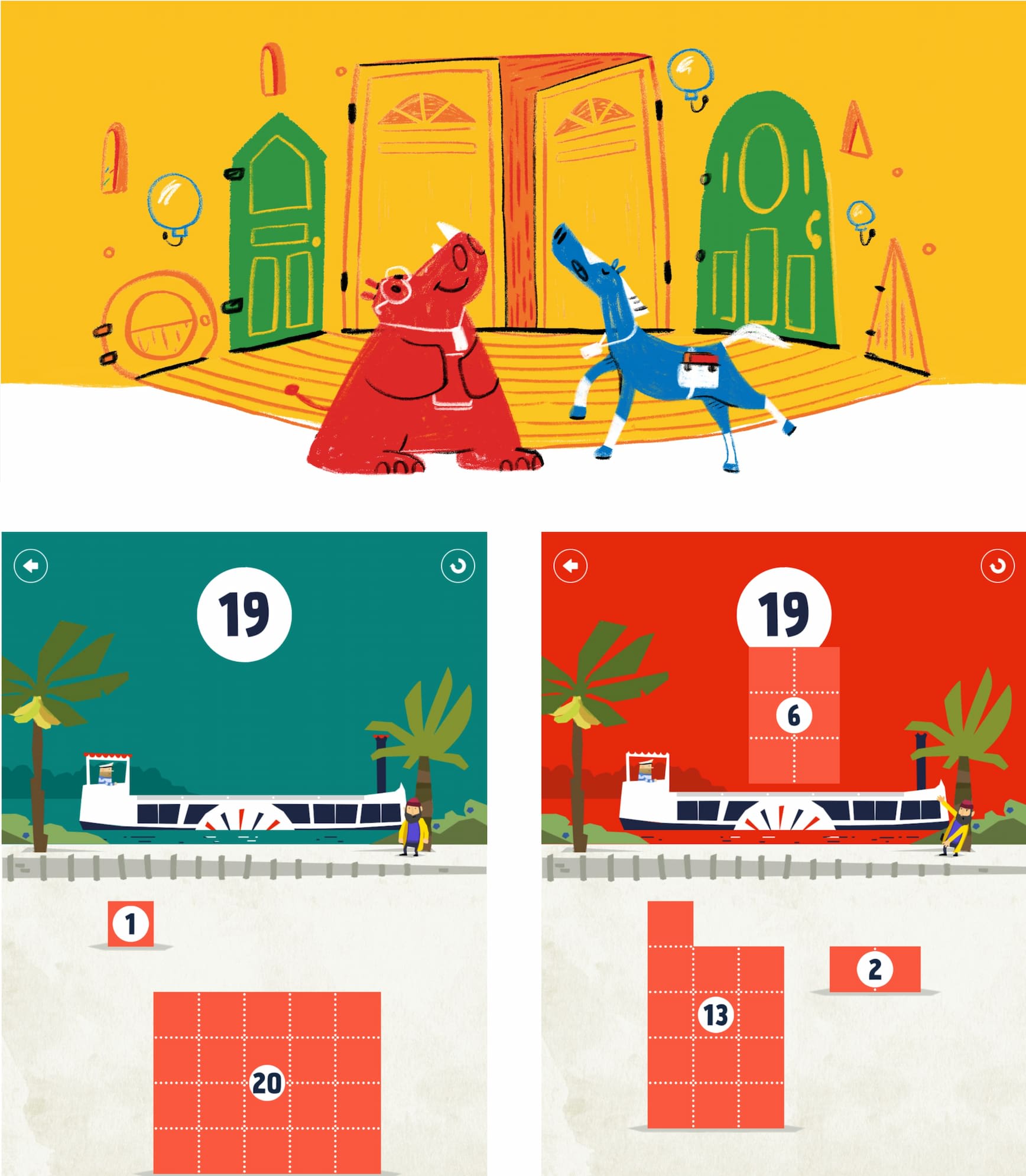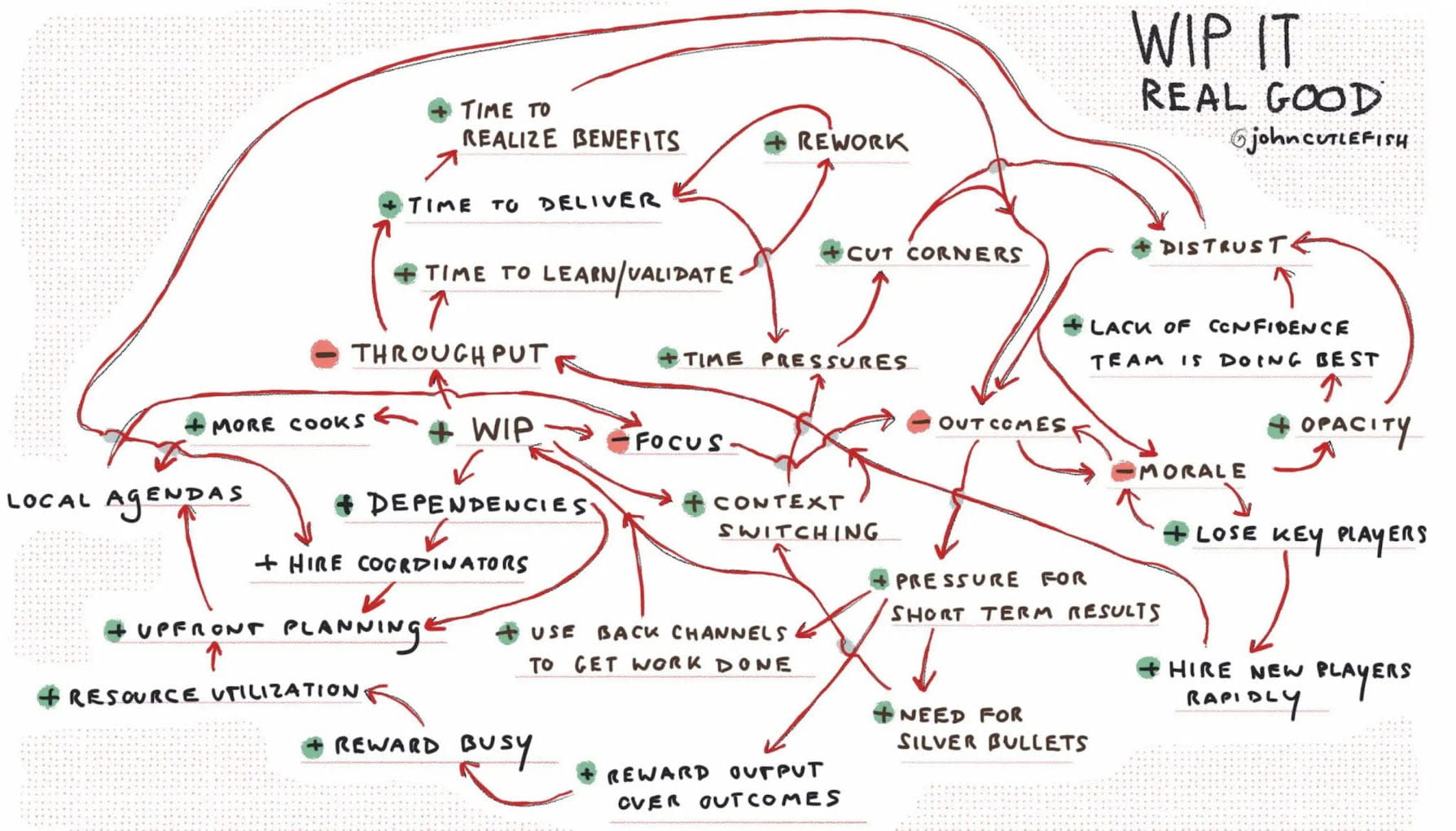Useful UX Research Calculators and Guides
Helpful tools and guides to estimate the right number of participants for surveys, card sorting and usability testing. The only limits for tomorrow are the doubts we have today.
UX research doesn’t have to be expensive or time-consuming. Yet very often it’s perceived as a huge, blocking effort, requiring weeks and months of work, often without a clear timeline in mind.
In practice, we can get meaningful insights without significant delays. Let’s see what UX research calculators and guides we can use to estimate just the right number of participants — for surveys, card sorting and usability testing. Let’s jump in.

Quick Cheatsheet #
Testing isn’t about finding universal truths, but key blockers where people struggle. And for that, you don’t need many people to start gathering insights:
- Iterate with 5 people at a time: test, adjust, test again.
- Surveys: aim confidence level 95%, margin of error 2–5%.
- 10,000 users → you will need ≥567 answers to reduce bias.
- Assume the response rate of 20–30% (incl. no-show-rate).
- For reliable survey results, we need to invite 2835 people.
- For card sorting, get 15–30+ people to sort independently.
- For tree testing, invite at least 25 (better: 50) participants.
- Nothing matters more than a targeted and diverse sample.
Useful Calculators and Guides #
- 👥 Qualitative Sample Size Calculator, by UserInterviews
- 💸 Research Incentive Calculator, by UserInterviews
- 🔘 Survey Sample Size Calculator, by CheckMarket
- 💯 Bonus: Design System ROI Calculator, by Knapsack
- 📱 UX Work ROI Calculator, by Paul Boag
- 🚀 UX Research Project Launch Kits, by UserInterviews
- 🌲 UX Research Field Guide, by UserInterviews
Scale ≠ Clarity #
A while back I stumbled upon Nikki Anderson’s point about big sample sizes often wrongfully viewed as the “safest” way to discover insights. I love Nikki's argument that scale can’t fix vague goals, at times answer wrong or misleading questions, and often skip the difficult part of framing the problem first. Scale sounds impressive, but it doesn’t map to clarity.
Nikki suggests starting with a very simple path:
- Decide on what you want to know,
- ↳ Then choose the right questions to ask,
- ↳ Then choose the research method to use,
- ↳ Then decide on the sample size.
So we start with a decision of what we’re trying to learn first, then the question, then the method, and then the sample size. But we must know — and be committed — to what we want to know first. And very often we don’t need statistically significant results to notice and act on critical blockers.
“But Is It Statistically Significant?” #
Now, for UX designers, that’s an incredibly difficult question to answer. Again, as Nikki has pointed out, statistical significance was never designed for qualitative research. And with UX work, we’re not trying to publish academic research or prove universal truths.
What we are trying to do is reach theoretical saturation, the point where additional research doesn’t give us new insights. Research isn’t about proving something is true. It’s about preventing costly mistakes before they happen.
- Five users per iteration often surface major issues, and 10–15 users per segment usually reach saturation. If we’re still getting new insights after that, our scope is too broad.
- “If five people hit the same pothole and wreck their car, how many more do you need before fixing the road?”
- “If three enterprise customers say onboarding is confusing, that’s a churn risk.”
- “If two usability tests expose a checkout issue, that’s abandoned revenue.”
- “If one customer interview reveals a security concern, that’s a crisis waiting to happen.”
- “How many user complaints exactly do we need to take this seriously?”
- “How much revenue exactly are we willing to lose before fixing this issue?”
Wrapping Up #
It might not be necessary to focus on the number of participants, but instead, argue about users consistently struggling with a feature, a mismatch of expectations, and a clear pattern emerging around a particular pain point.
Research doesn’t have to be expensive or time-consuming. In the worst case, I start with 5×45 mins interviews to spot critical blockers and unmet user needs. As we run sessions, I mark critical areas and record short screen share snippets — with consent — and make them visible in the company.
Once you’ve built enough confidence in the work that you are doing, it will be much easier to ask for bigger commitments — in fact, you might be surprised by how quickly your research work will be requested, rather than merely applied to design work.
Useful Articles #
- How Many Participants For a UX Interview?, by Maria Rosala
- Sample-Size Recommendations, by Raluca Budiu and Kate Moran



